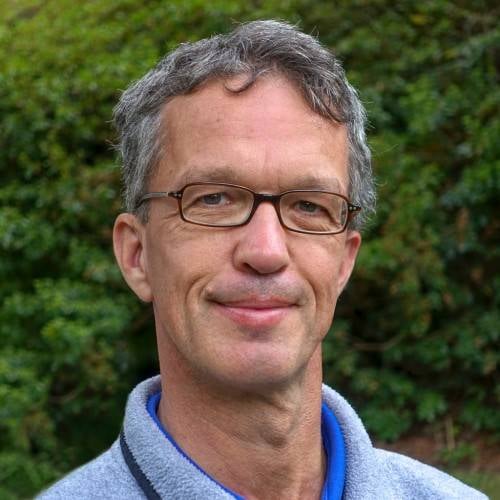About This Webinar
Freeform optics for illumination are common in automotive headlamps, street lighting, architectural lighting, and more, helping to solve the archetypal problem of illumination engineering: Given a light source and a target distribution, how should we shape the optical surface(s) to achieve the desired transformation?
Two major problems appear for asymmetric distributions: First, it is mathematically impossible to simply say from scratch to “let this part of my smooth surface illuminate that part of the target.” However, so-called “point source tailoring” methods can find such smooth freeform surfaces by solving a challenging partial differential equation. Fortunately, out-of-the-box point source tailoring software exists today, relieving optical design engineers from having to dive into deep mathematics. Second, the LEDs that most freeform systems are using today are not point sources. The finite LED size effectively blurs the target distribution, making it especially difficult to design for high-contrast, sharp-cutoff distributions needed for automotive headlamps. Most reflector headlamps today use a “macrofocal reflector,” consisting of many individual facets with problematic, discontinuous steps in between. First attempts to constructively compute smooth freeform surfaces for extended sources have been made, but success is limited, and no such methods seem to be available in commercial software. It is promising, however, to combine numerical optimization with point source tailoring to mitigate extended sources.
In this talk, Muschaweck explains what makes designing freeform optics for illumination so challenging, introduces the various methods, with examples, and concludes with an outlook on where we stand today, and what is needed next.
*** This presentation premiered during the
2024 Photonics Spectra Optical Design Summit. For more information on Photonics Media conferences and summits, visit
events.photonics.com
About the presenter

Julius Muschaweck, a German physicist, has been working on optical design for illumination for over 25 years. After a stay as visiting scholar at the University of Chicago with Professor Roland Winston, well known as the originator of Nonimaging Optics, for research on concentrating sunlight, he cofounded and became CEO of OEC. OEC was a unique illumination optics research institute plus optical engineering service that pioneered tailoring freeform optics for illumination. Later, at OSRAM, the LED maker, where he held the position of senior principal key expert, the highest rank in the Siemens/OSRAM expert career, he coordinated over 100 optical designers within OSRAM worldwide. He then joined ARRI, the leading movie camera and lamp head maker, as principal optical scientist. Muschaweck now works as an independent consultant and author, providing illumination optics solutions to industry clients, teaching courses on illumination optics, and writing about the subject.
He is the author of over 25 scientific papers as well as a SPIE tutorial book,
Designing Illumination Optics, and the inventor of over 50 patent applications. He also loves to go hiking and camping with his wife and their dog. You can learn more about etendue and illumination optics at his website: https://www.jmoptics.de.